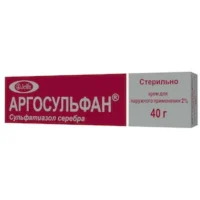Description
Prednizolon (prednisolone) Tablets 0.005 g №40
Ingredients
- Prednizolon (prednisolone) 0.005 g
Dosage
- The usual dose is 5-60 mg per day, depending on the condition being treated.
Indications
- Prednizolon tablets are indicated for the treatment of inflammation, allergic reactions, autoimmune diseases, and certain cancers.
Contraindications
- Avoid Prednizolon tablets if you have a fungal infection or are allergic to prednisolone.
Directions
- Take Prednizolon tablets as directed by your healthcare provider. Do not stop abruptly.
Scientific Evidence
Prednisolone, a synthetic corticosteroid in Prednizolon tablets, has potent anti-inflammatory and immunosuppressive effects. It inhibits inflammatory mediator production and suppresses the immune response, effectively treating various inflammatory and autoimmune conditions.
Additional Information
- Follow prescribed dosage and treatment duration to minimize side effects. Long-term corticosteroid use can lead to osteoporosis, weight gain, and increased infection risk. Regular monitoring by a healthcare provider is crucial.
- Inform your healthcare provider about medical conditions and medications to avoid interactions. Avoid alcohol consumption during prednisolone therapy to reduce gastrointestinal side effect risks.




